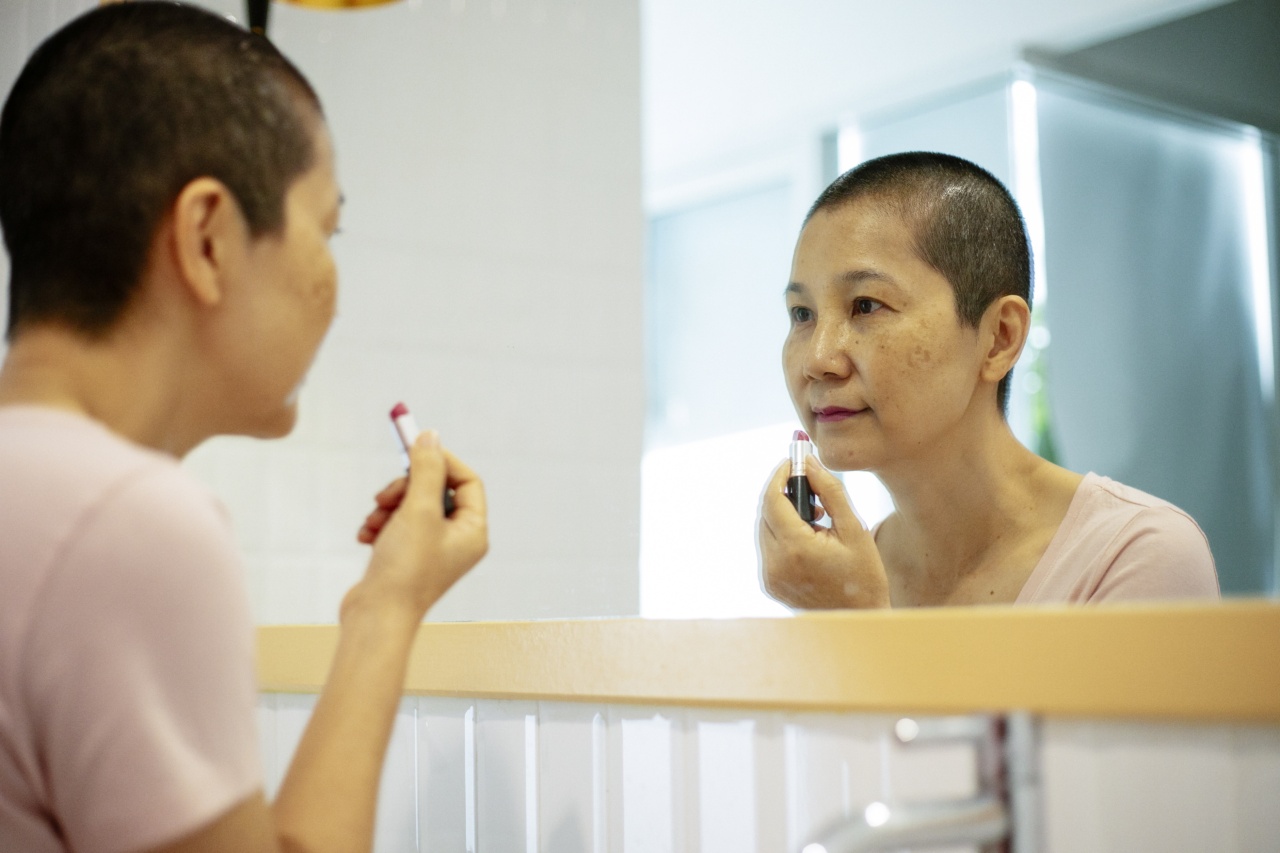When it comes to hair care, most people focus on achieving shiny, healthy locks.
However, what if we told you that some of the products you use daily could potentially increase your risk of developing cancer? It may sound alarming, but numerous studies have linked certain hair care practices and ingredients to an increased cancer risk. In this article, we will delve into the dark side of hair care and shed light on some of the cancer-causing culprits.
Hair Dyes and Cancer Connection
Hair dyes have long been a popular way to change one’s hair color or cover grays. However, some studies have indicated that these dyes contain potentially harmful chemicals that may contribute to cancer development.
The American Journal of Epidemiology published a study suggesting a link between long-term use of permanent hair dyes and various types of cancers, including bladder, ovarian, and breast cancer.
The chemicals in hair dyes that raise concern include aromatic amines, such as para-phenylenediamine (PPD). These chemicals can penetrate the skin and have been classified as potential human carcinogens.
Furthermore, the International Agency for Research on Cancer has classified certain hair dye ingredients as Group 2B carcinogens, meaning they are possibly carcinogenic to humans.
Formaldehyde in Hair Straightening Treatments
The quest for straight and manageable hair has led many individuals to turn to hair straightening treatments, such as keratin treatments or Brazilian blowouts. However, these treatments often contain formaldehyde, a known human carcinogen.
Formaldehyde is used as a preservative in many hair straightening products and releases toxic fumes when heated with a flat iron.
Prolonged exposure to formaldehyde through these treatments has been linked to an increased risk of developing several types of cancer, including nasopharyngeal cancer and myeloid leukemia.
In fact, several countries and regulatory bodies have imposed restrictions or bans on formaldehyde-containing hair straightening products due to these health concerns.
Parabens in Hair Products
Parabens are a group of synthetic preservatives commonly found in various personal care products, including shampoos, conditioners, and hair styling products.
These chemicals prevent the growth of bacteria and fungi, extending the shelf life of these products. However, several studies have highlighted the potential harmful effects of parabens, linking them to increased cancer risk.
Parabens have estrogenic properties, meaning they can mimic the hormone estrogen in the body. This property raises concerns as excessive estrogen exposure has been linked to hormone-related cancers, including breast cancer.
Although the research is not conclusive, the presence of parabens in hair care products raises red flags regarding their potential impact on cancer development.
UV Radiation and Haircare
While most people associate UV radiation with skin damage and sunburn, it turns out that your hair is not immune to its harmful effects.
When you expose your hair to excessive UV radiation over a prolonged period, it can contribute to hair damage and even potentially increase your risk of developing skin cancer on the scalp.
UV radiation can break down the proteins in your hair, leading to weakened and brittle strands. In some cases, it can also cause changes in the DNA of the cells on the scalp, increasing the risk of skin cancer.
This risk is particularly high for people with thinning hair or those who expose their scalps to the sun without protection, such as hats or sunscreen.
Heavy Metal Contamination in Hair Care Products
Several hair care products, particularly hair dyes and tattoo inks used for cosmetic purposes, have been found to contain heavy metals such as lead, arsenic, and mercury.
These toxic substances may contaminate these products due to impurities in raw materials or the manufacturing process.
Exposure to heavy metals has been associated with a range of health issues, including an increased cancer risk. Heavy metals can accumulate in the body over time and disrupt cellular processes, potentially leading to the development of cancerous cells.
Regular and prolonged use of these contaminated hair care products may, therefore, pose a significant health risk.
Safety Precautions and Alternatives
While the potential cancer risks associated with certain hair care practices and ingredients may be concerning, it’s essential to approach the topic with a balanced perspective.
Not everyone who uses these products will develop cancer, but minimizing exposure to potentially harmful substances is always a wise choice.
To reduce your risk, consider the following safety precautions and alternatives:.
- Choose natural and organic hair care products that are free from harmful chemicals such as parabens, sulfates, and formaldehyde. Look for products with certifications like USDA Organic or EcoCert.
- Limit the use of hair dyes or opt for safer alternatives like henna or vegetable-based dyes, which are generally considered less harmful.
- When straightening your hair, opt for formaldehyde-free treatments or choose heatless alternatives like air-drying or using non-chemical straightening methods.
- Protect your hair and scalp from excessive UV radiation by wearing hats, scarves, or using UV-protectant hair care products.
- Stay informed and keep an eye on product recalls or regulatory warnings regarding hair care products. Regularly check the ingredient lists of the products you use to ensure they are safe and free from potentially harmful substances.
The bottom line is that while some hair care practices and ingredients may raise concerns about cancer risk, making informed choices and being mindful of what you expose your hair and scalp to can help mitigate these risks.
Prioritizing your overall well-being while still enjoying your hair care routine is the key to striking a healthy balance.































